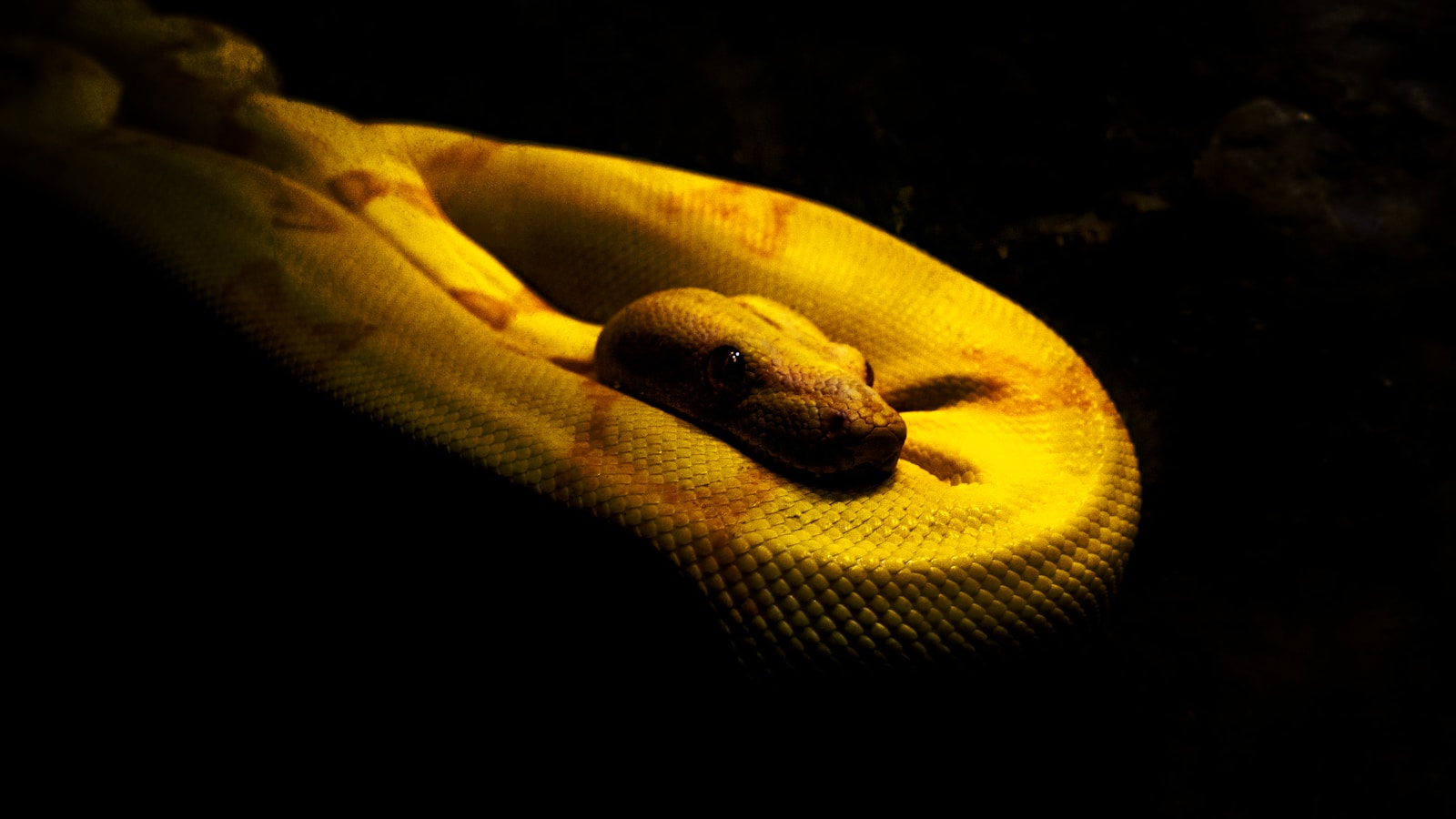In the grand theater of the natural world, non-venomous snakes perform crucial roles that often go unnoticed and unappreciated. These remarkable reptiles, representing about 85% of all snake species, quietly maintain ecological balance across six continents. Despite their significant contributions to ecosystem health and biodiversity, they frequently face persecution due to misunderstanding and fear. This unfounded reputation obscures their true nature as beneficial creatures that deserve our protection rather than our scorn. By exploring the multifaceted ways these serpentine allies support our environment, we can begin to recognize non-venomous snakes for what they truly are: nature’s unsung heroes working tirelessly behind the scenes.
The Silent Guardians of Pest Control
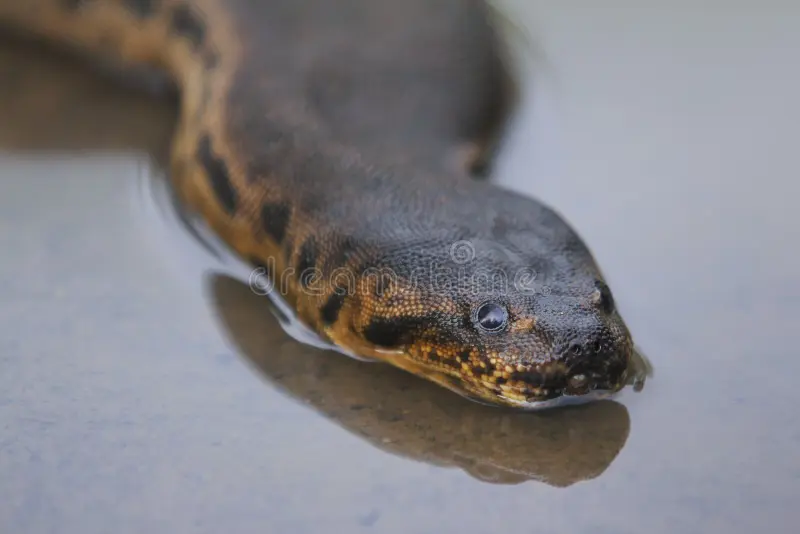
Non-venomous snakes serve as nature’s premier pest management specialists, particularly when it comes to rodent populations. A single rat snake can consume dozens of mice and rats annually, providing natural control of species that damage crops, spread diseases, and invade human dwellings. This natural form of pest control reduces the need for chemical pesticides, which can have detrimental effects on both the environment and human health. In agricultural settings, the presence of these helpful predators can save farmers thousands of dollars in crop damage and pest control costs. Their ability to access small burrows and spaces inaccessible to other predators makes them uniquely effective at controlling rodent populations that might otherwise grow unchecked.
Ecological Balance Keepers
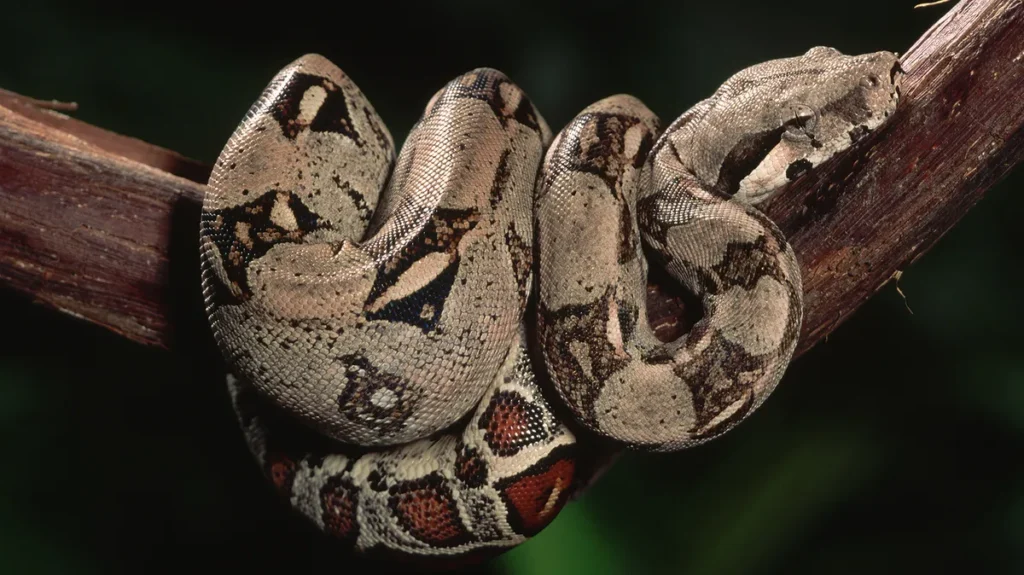
As mid-level predators, non-venomous snakes occupy a critical position in food webs across diverse ecosystems. They help regulate populations of small mammals, amphibians, and insects, preventing any single species from dominating an ecosystem. This regulation maintains biodiversity and contributes to overall ecosystem resilience. When snake populations decline, the effects ripple throughout the entire ecological community, often leading to imbalances that can take years to correct. Research in areas where snakes have been removed has shown dramatic increases in rodent populations, followed by vegetation damage and eventual habitat degradation. The presence of healthy snake populations indicates a functioning, balanced ecosystem where no single species overwhelms the resources available.
Bioindicators of Environmental Health

Non-venomous snakes function as living barometers of environmental quality, their presence or absence telling important stories about habitat condition. Because of their sensitivity to environmental changes, including pollution and habitat fragmentation, declining snake populations often signal broader ecological issues. Scientists increasingly monitor snake populations as part of environmental assessment programs, using their health and abundance as indicators of ecosystem integrity. Their permeable skin makes them particularly vulnerable to toxins in the environment, and their relatively long lifespans allow researchers to track environmental changes over time. When snake populations thrive, it generally indicates a healthy, functioning ecosystem capable of supporting diverse life forms.
Seed Dispersal Facilitators
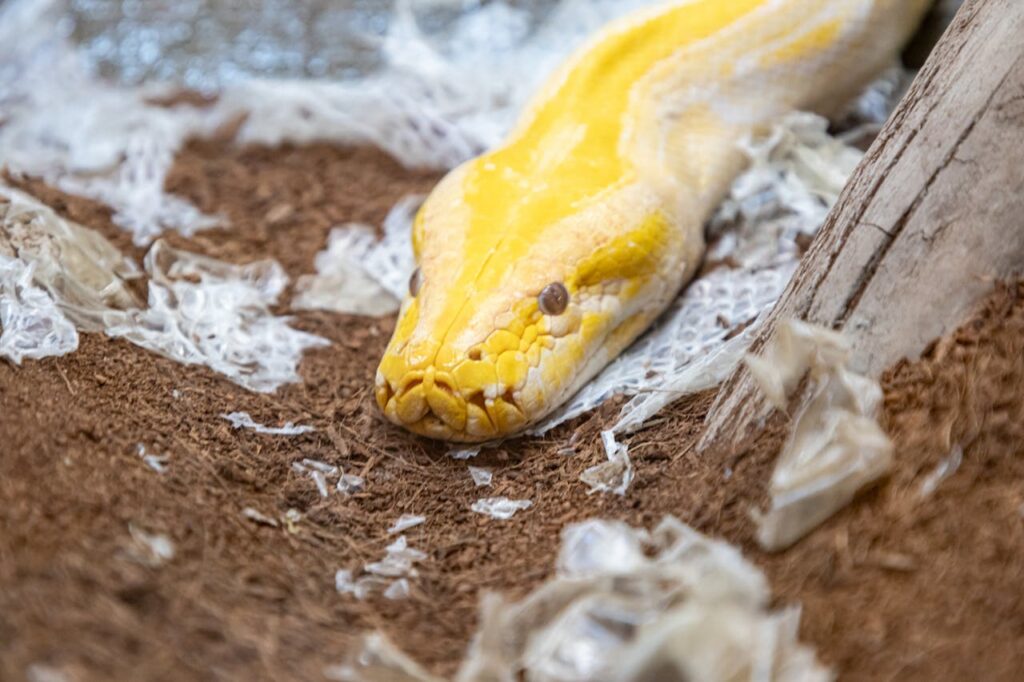
While not seed dispersers themselves, non-venomous snakes play an indirect but significant role in plant propagation. By controlling populations of rodents that would otherwise consume seeds, they allow more seeds to germinate and establish. Additionally, some snake species prey on fruit-eating birds and mammals after they’ve consumed fruits, effectively moving seeds to new locations through the prey they consume. This overlooked contribution to plant dispersal helps maintain forest diversity and supports habitat regeneration. In tropical ecosystems especially, this indirect seed dispersal assistance becomes crucial for maintaining the incredible plant diversity that characterizes these environments.
Natural Defenders Against Disease
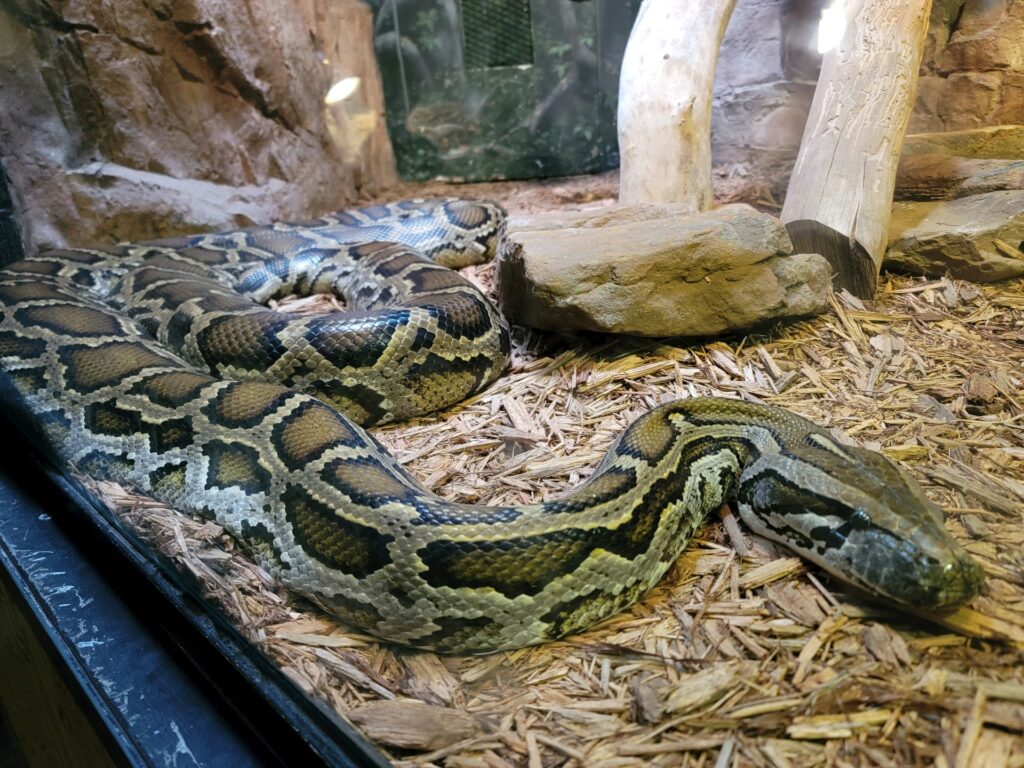
By keeping rodent populations in check, non-venomous snakes help reduce the spread of various diseases transmitted by these mammals. Rodents serve as vectors for serious illnesses like hantavirus, leptospirosis, and various tick-borne diseases, which can affect both wildlife and humans. In areas with healthy snake populations, research has documented lower incidences of rodent-borne diseases among both wildlife and local human communities. This natural disease control function provides an important public health service that rarely receives acknowledgment. Some studies suggest that the decline of snake populations in certain regions correlates with increases in rodent-transmitted disease outbreaks, highlighting their importance to human health.
Masters of Adaptation
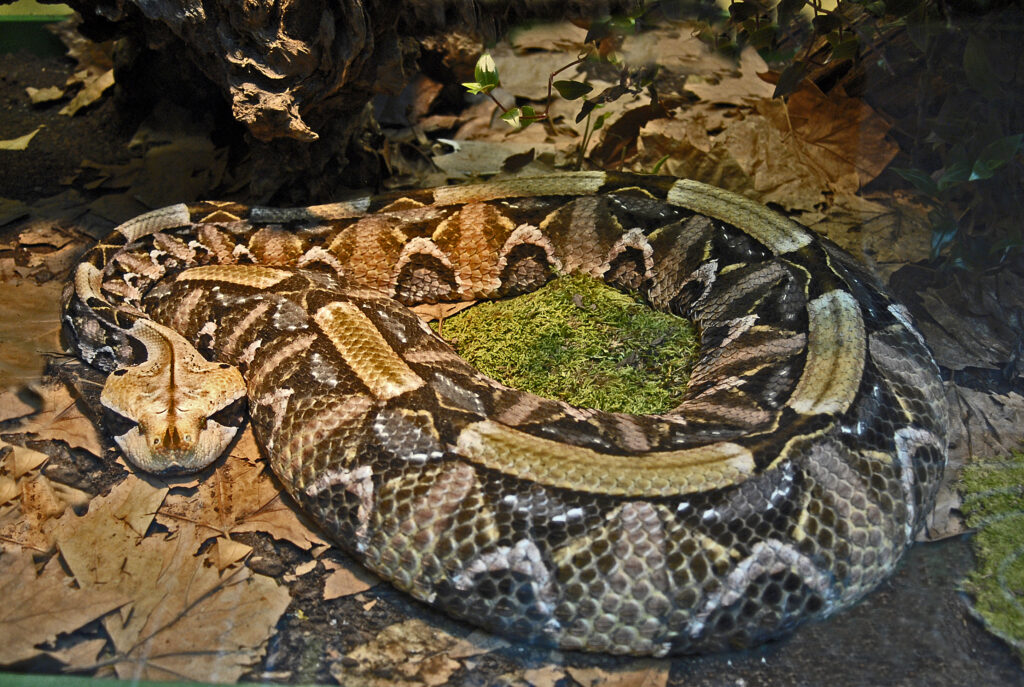
Non-venomous snakes display remarkable adaptability, having evolved to thrive in nearly every terrestrial habitat on Earth except the polar regions. From desert-dwelling sand boas that “swim” through loose sand to tree snakes with specialized scales for climbing, these reptiles showcase evolution’s incredible ingenuity. Their diverse locomotion methods—including lateral undulation, rectilinear movement, sidewinding, and concertina locomotion—allow them to navigate complex terrain that would challenge other predators. This adaptability has enabled snakes to fill ecological niches that might otherwise remain vacant, contributing to the completeness of ecosystem function. Their success in such varied environments provides valuable insights for researchers studying evolutionary adaptation and resilience in the face of changing environmental conditions.
Behavioural Complexity Beyond Stereotypes
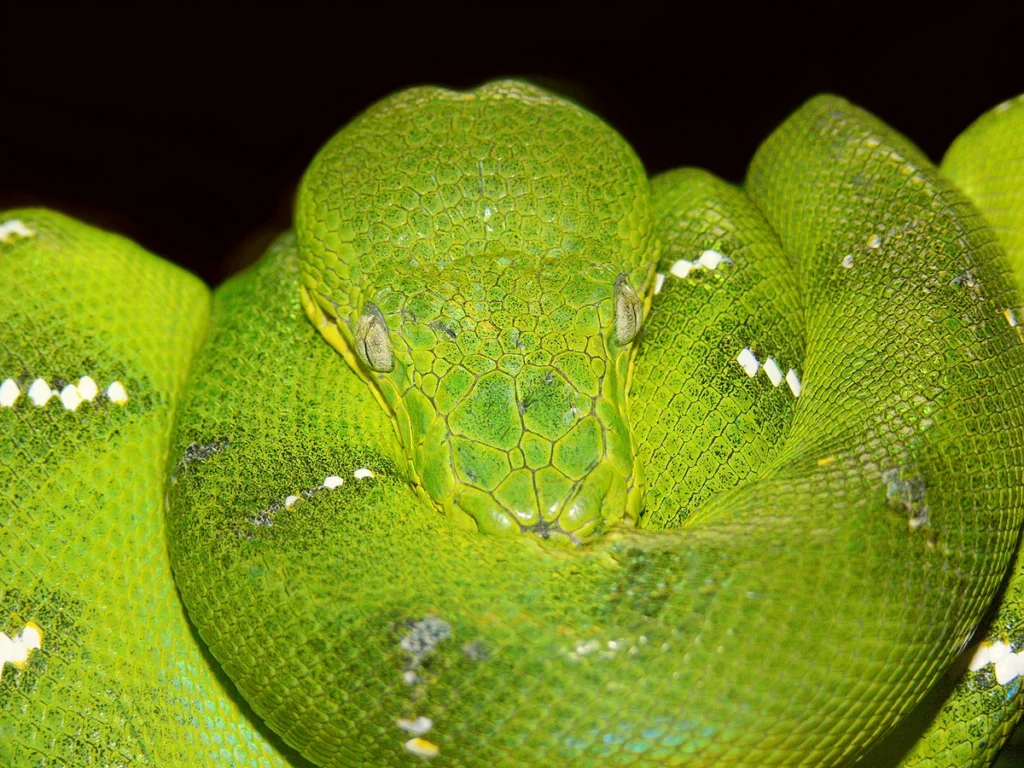
Contrary to popular misconceptions that paint snakes as simple, instinct-driven creatures, non-venomous snakes display surprisingly complex behaviours. Many species exhibit parental care, with mothers guarding eggs or even keeping young close after hatching for protection. Social behaviours have been documented in several species, including communal hibernation and hunting coordination. Some snakes, like rat snakes, demonstrate problem-solving abilities and spatial memory that help them navigate back to successful hunting grounds or secure hibernation sites. Research increasingly reveals that these animals possess much more sophisticated cognitive abilities than previously assumed, challenging long-held stereotypes about reptilian intelligence and behaviour.
Cultural Significance Throughout History

Throughout human history, non-venomous snakes have featured prominently in cultural symbolism, often representing wisdom, renewal, and healing. Ancient Egyptian culture revered the cobra as a symbol of royalty and divine protection, while in Greek mythology, Asclepius, the god of medicine, was represented by a staff entwined with a non-venomous snake—a symbol still used in modern medicine. Many indigenous cultures around the world incorporated snake imagery into their creation myths and spiritual practices, recognizing their ecological importance. Even today, snakes continue to fascinate and inspire humans across cultures, appearing in art, literature, and cultural symbols worldwide. This rich cultural heritage reflects humanity’s complex relationship with these misunderstood creatures throughout our shared history.
Educational Ambassadors
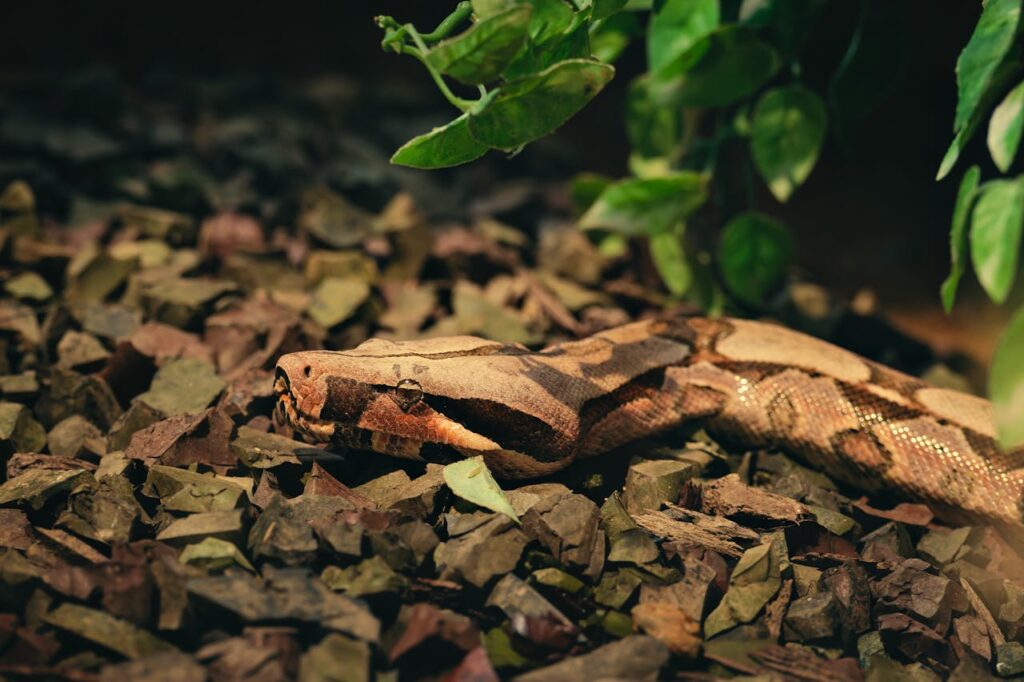
Non-venomous snakes serve as ideal educational ambassadors in wildlife education programs, helping to dispel myths and reduce ophidiophobia (fear of snakes). Their docile nature, compared to their venomous counterparts, makes them safer for educational handling while still offering opportunities to teach about snake ecology and conservation. When people have positive, educational encounters with non-venomous snakes, their attitudes typically shift from fear to fascination and respect. Wildlife educators report that snake demonstrations are often the most memorable and attitude-changing components of their programs. Through these educational encounters, non-venomous snakes help build public support for broader reptile conservation efforts and environmental protection initiatives.
Valuable Research Subjects
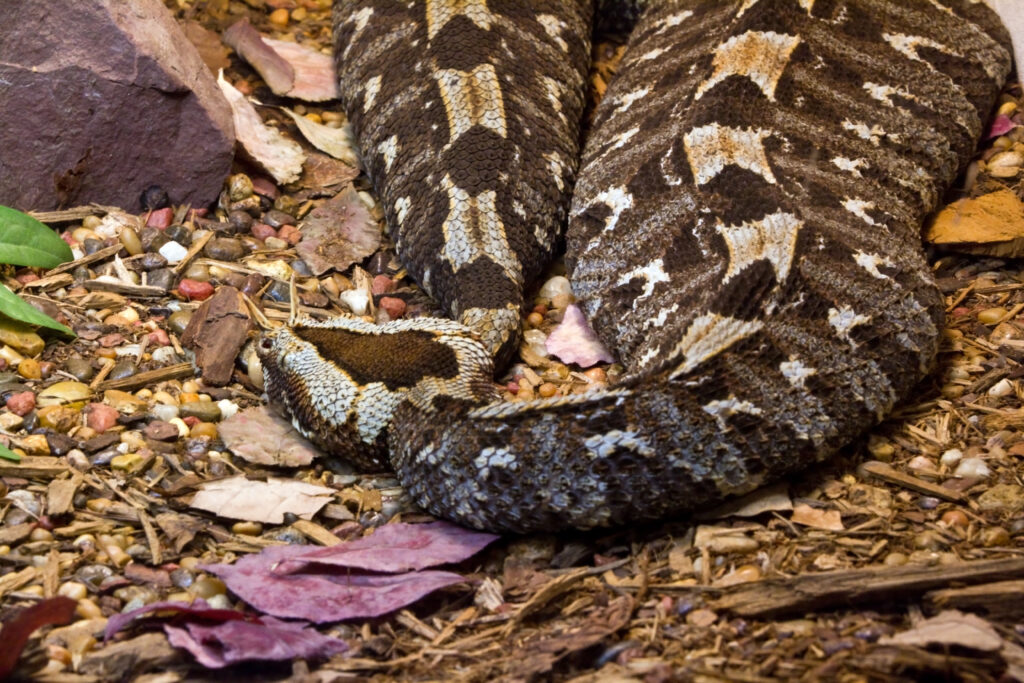
Scientists studying everything from biomechanics to medicine have found non-venomous snakes to be invaluable research subjects. Their unique locomotion has inspired robotics designs for search-and-rescue operations in challenging terrain. Medical researchers study the remarkable healing abilities of snakes, particularly how they recover from significant injuries with minimal scarring. Thermal sensing capabilities in some non-venomous species have led to advances in infrared technology applications. Even their digestive systems, capable of processing enormous meals relative to their body size, provide insights for researchers studying metabolic disorders and digestive processes. These contributions to scientific advancement represent yet another way these reptiles benefit humanity, often without recognition.
Conservation Challenges
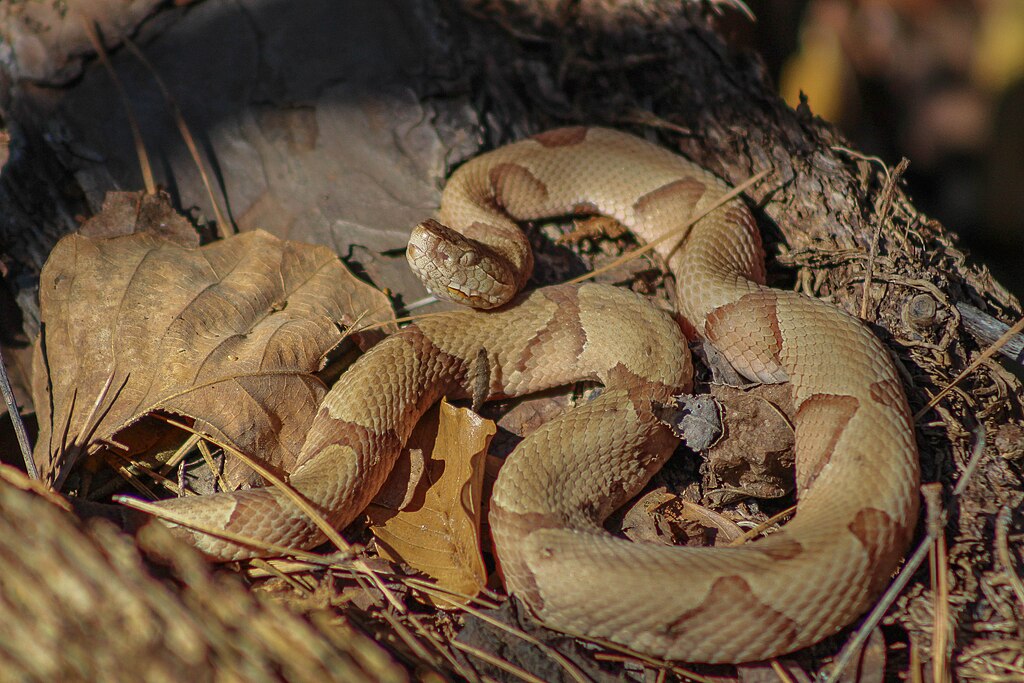
Despite their ecological importance, non-venomous snakes face numerous threats to their survival worldwide. Habitat destruction remains the primary threat, as urban expansion, agriculture, and infrastructure development fragment and eliminate critical snake habitat. Road mortality claims millions of snakes annually as they attempt to cross roads during seasonal migrations or in search of food. Persecution based on fear and misunderstanding leads to the intentional killing of countless beneficial snakes each year. Climate change presents an emerging threat, as temperature-dependent sex determination in many snake species means warming temperatures could skew sex ratios in future generations. These combined pressures have led to concerning population declines in many non-venomous snake species globally, with some now facing extinction risk.
How Humans Can Help
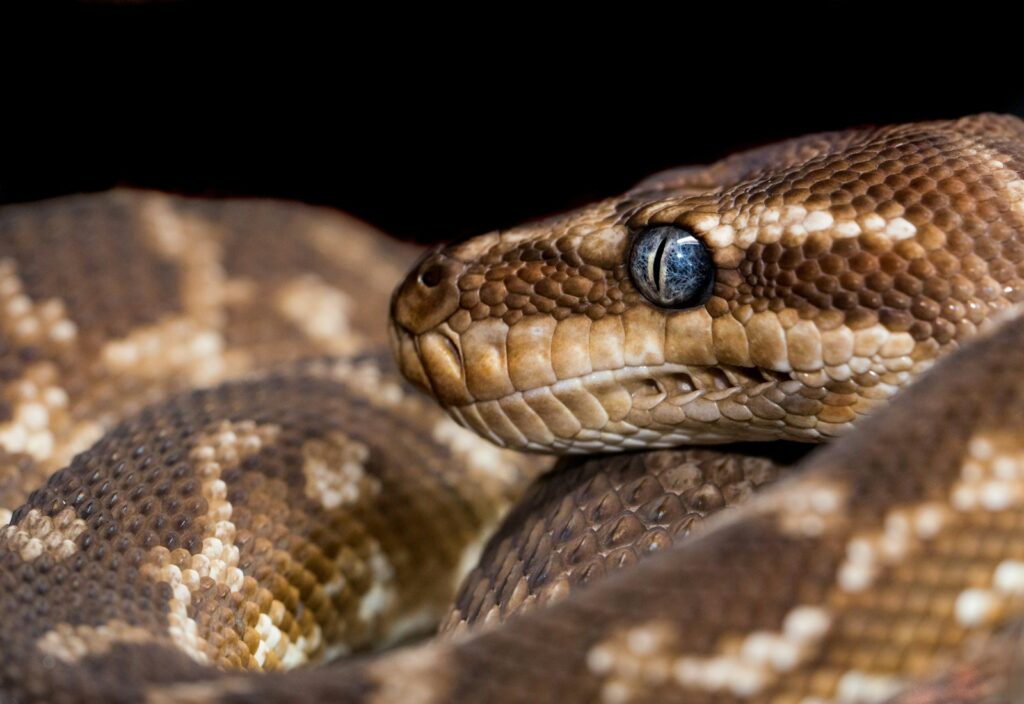
There are numerous ways individuals can support non-venomous snake conservation and coexistence. Creating snake-friendly spaces in yards and gardens by leaving rock piles, brush areas, and native vegetation provides essential habitat. Learning to identify local snake species helps prevent unnecessary killing of beneficial non-venomous snakes mistaken for venomous ones. Supporting conservation organizations focused on reptile protection through donations or volunteer work strengthens protection efforts. Advocating for snake-friendly policies, such as wildlife corridors across roads and habitat preservation, can create systemic change for snake conservation. Perhaps most importantly, sharing accurate information about the benefits of non-venomous snakes with friends, family, and community members helps transform public perception of these misunderstood reptiles.
As we better understand the multifaceted roles non-venomous snakes play in maintaining healthy ecosystems, their status as ecological heroes becomes undeniable. These remarkable reptiles perform essential services that benefit not just natural systems but human communities as well. From controlling disease-carrying rodents to inspiring medical and technological innovations, their contributions extend far beyond what most people realize. By overcoming unfounded fears and appreciating these scaled allies for their true value, we can ensure that non-venomous snakes continue their vital work as nature’s unsung heroes for generations to come. Their protection isn’t just good for snakes—it’s essential for the health of the entire natural world, including ourselves.

